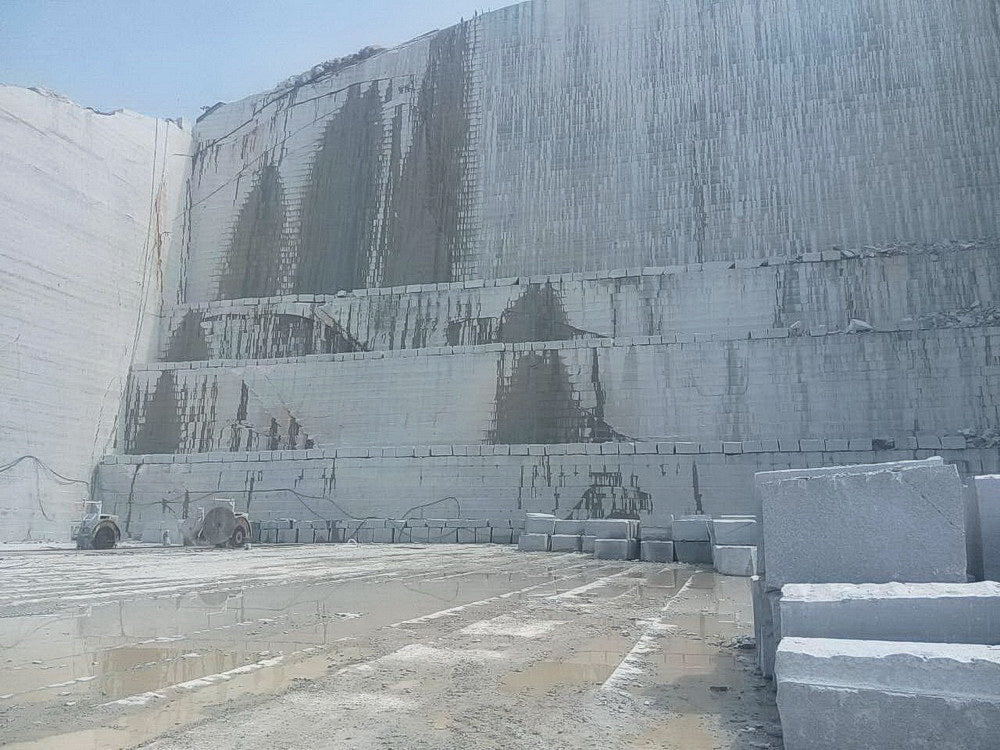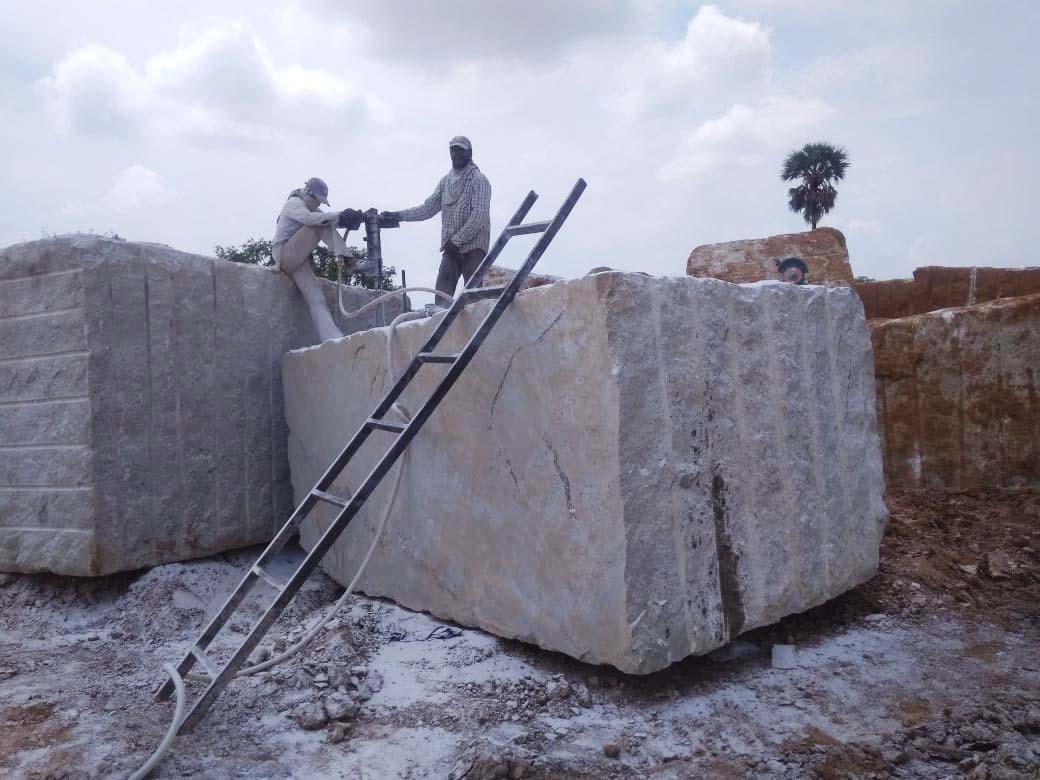Unveiling the Mysteries of Granite Quarrying: Where Stamina and Sophistication Meet
The world of granite quarrying is a realm where the raw stamina of nature merges with human artistry to produce structures that stand the test of time with an air of style. From the depths of quarries to the careful sprucing up in workshops, the process of changing granite into architectural marvels is an intricate dancing of custom and technology. As we peer into the midsts of this ancient craft, we start to uncover the surprise complexities that shape the really essence of our developed setting.
The Origins of Granite Quarrying
In the record of building background, the beginnings of granite quarrying are shrouded in a tapestry of old workmanship and geological marvels. Going back to old Egypt and Mesopotamia, the removal of granite from quarries noted the beginning of a trip that would ultimately cause the production of a few of the world's most iconic frameworks.
Granite quarrying's roots can be traced to the experienced craftsmens who identified the stone's toughness and visual charm. With a mix of primitive devices and large resolution, these very early quarry workers discovered granite blocks that would certainly end up being the foundation of worlds.
As worlds advanced, so did the techniques of quarrying granite. The Romans, renowned for their design prowess, developed sophisticated techniques for removing granite to construct monoliths, holy places, and roadways that stood the test of time.
The tradition of these old quarrying practices remains to shape modern-day architecture, with granite staying a symbol of stamina and sophistication in building projects around the globe. (granite quarries in south africa)
Tools of the Quarrying Profession
The evolution of granite quarrying strategies from ancient human beings to contemporary times highlights the crucial role played by the tools of the quarrying sell forming the market's practices. In ancient times, quarrying devices were rudimentary, commonly being composed of chisels, hammers, and wedges made from products like bronze or iron. These devices called for substantial workforce and time to remove granite blocks from quarries.

Furthermore, the introduction of pneumatic devices and high-powered equipment has actually substantially decreased the physical labor needed in quarrying procedures, improving employee security and efficiency. As the quarrying industry remains to introduce, the devices of the profession continue to be at the center of driving progression and shaping the future of granite removal.
Drawing Out Blocks of Granite
Utilizing accuracy equipment and advanced techniques, the extraction of granite blocks from quarries has ended up being an advanced process in the modern quarrying sector. The preliminary action involves determining the area and size of the granite down payment to identify the most reliable removal approach. As soon as an appropriate site is chosen, the removal process starts with the boring of holes for the positioning of explosives. Regulated blasting methods are then used to break apart the granite into convenient sections.

Sprucing Up and Finishing Techniques
To accomplish a remarkable surface on granite blocks, knowledgeable craftsmens use a collection of precise sprucing up and completing methods. After the initial extraction and forming processes, the granite blocks go through a complete sprucing up phase to boost their all-natural elegance and toughness. One typical approach used in brightening granite is diamond abrasion, where industrial rubies are used to grind and polish the rock to a smooth finish. This procedure not only produces a glossy surface however additionally ensures uniformity in shade and texture across the granite block.
In enhancement to polishing, ending up techniques are applied to more improve the granite's look. By carefully choosing and applying these polishing and completing methods, craftsmens can change raw granite obstructs right into splendid items that display both toughness and style.

Ecological Effect and Sustainability
With the expanding emphasis on ecological consciousness in the industry, granite quarrying techniques are increasingly scrutinized for their effect on all-natural resources and long-term sustainability. Quarrying for granite can have significant environmental effects. The removal procedure commonly entails the usage of hefty machinery, dynamites, and large amounts of water, leading to environment devastation, soil erosion, and water pollution. Additionally, the transportation of granite from quarries to processing centers generates carbon discharges, additionally adding to ecological degradation. granite quarries in south africa.
To alleviate these impacts and ensure sustainability in granite quarrying, sector stakeholders are embracing various actions. Carrying out sophisticated technologies to lower energy intake and water helpful site usage, reclaiming quarried land for environmental restoration, and advertising accountable sourcing techniques are some techniques being used. Certifications such as the Forest Stewardship Council (FSC) and the Leadership in Energy more tips here and Environmental Style (LEED) assistance customers determine ecologically pleasant granite items.
Verdict
Finally, granite quarrying is a procedure that needs specialized tools and techniques to essence blocks of granite and polish them to a high level of surface. While the environmental impact of quarrying can be considerable, initiatives are being made to boost sustainability techniques in the sector. On the whole, granite quarrying is a fragile balance in between using the toughness and sophistication of this all-natural stone while minimizing its influence on the atmosphere.
Comments on “Unlocking Natural Prizes: Granite Quarries in South Africa Revealed”